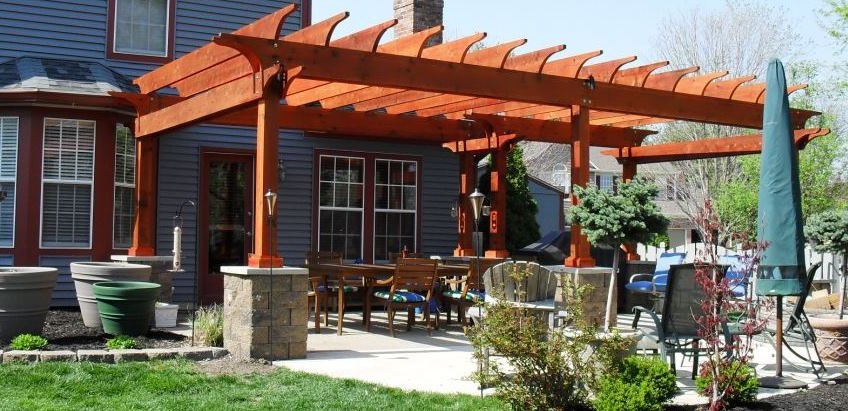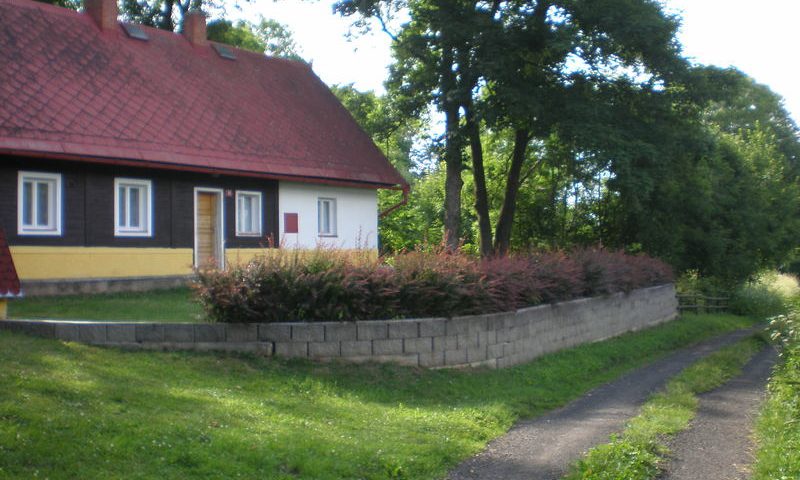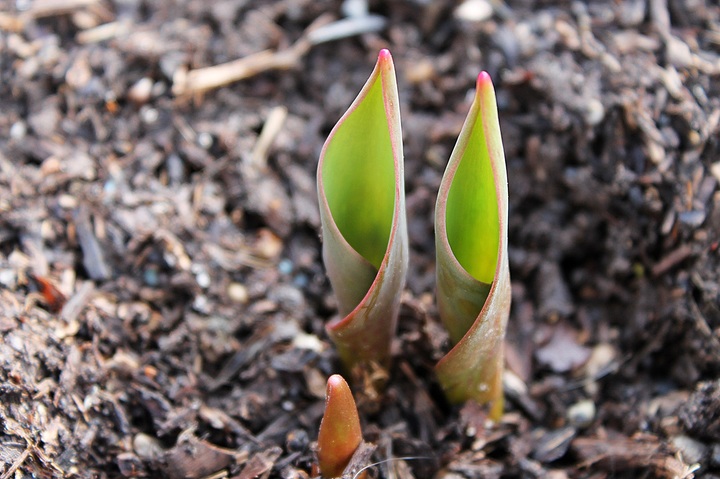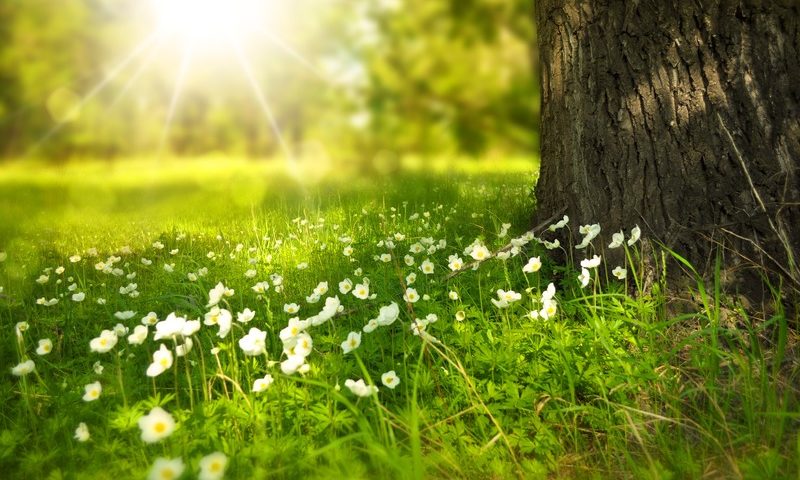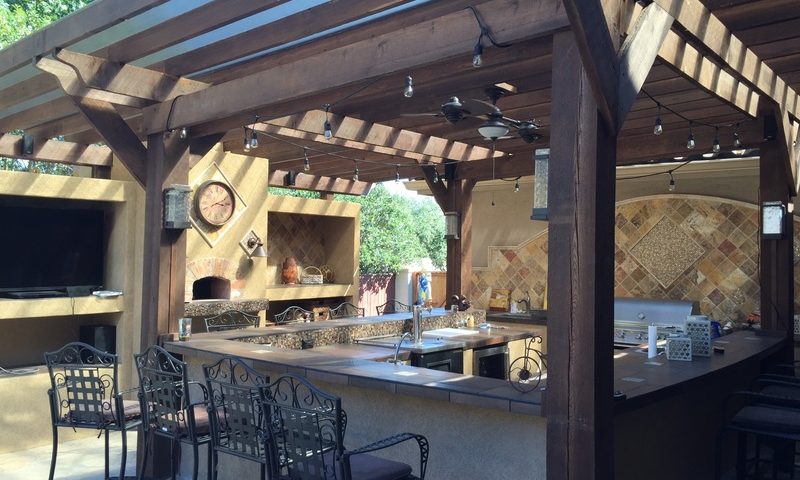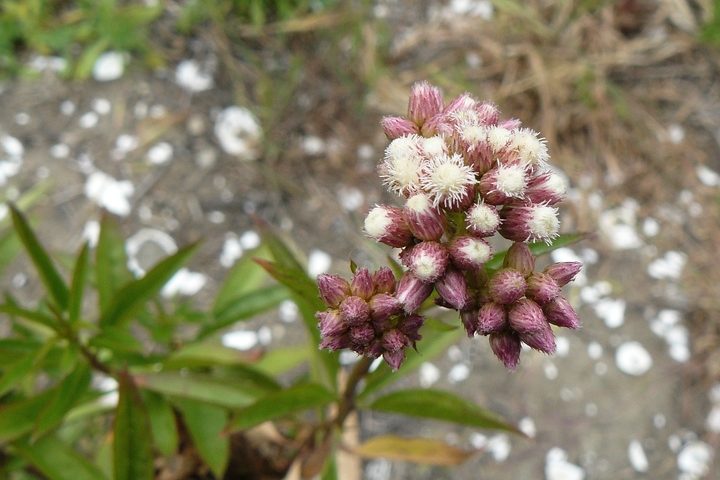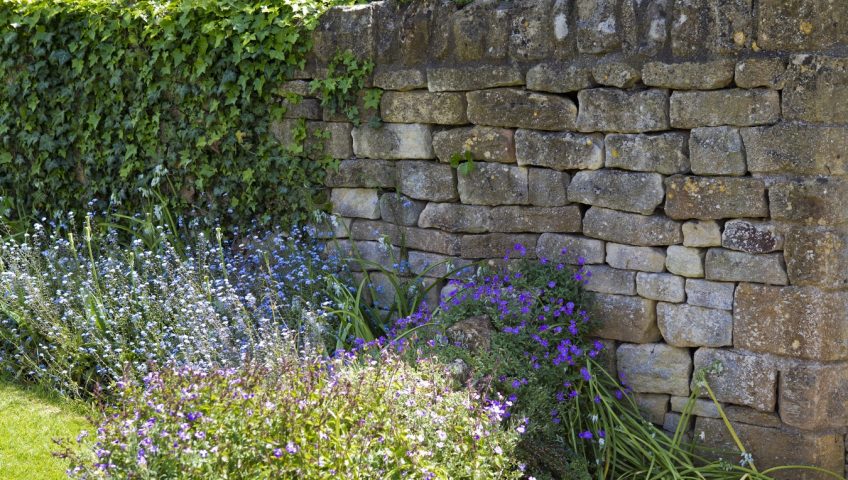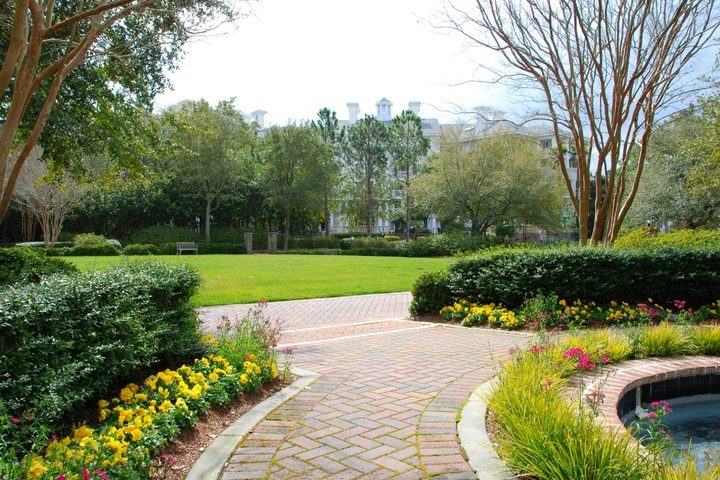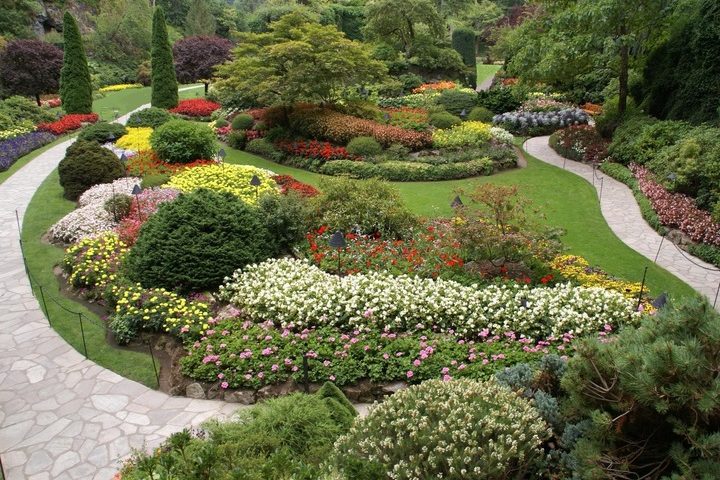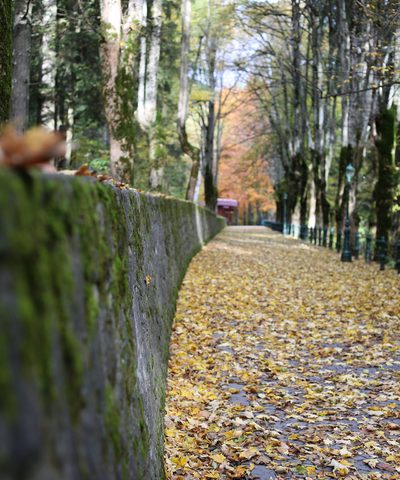April showers bring…. summer grilling? OK, that’s not quite how the saying goes, but one of the best things about the weather turning warmer is that we can double our kitchen space by adding an outdoor kitchen area. If you love gathering family and friends in your outdoor space to enjoy food, fun, and warm weather, then it’s smart to prep your outdoor space now.
Made in the Shade
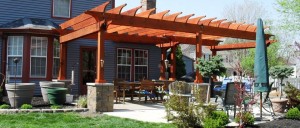
It might seem nice now to hang out in your yard, but in just a few short weeks it will be hot here again in Johnson County. Those intense summer rays aren’t just uncomfortable; they can also cause sunburns and make us want to head inside. When you’re planning your outdoor living space, be sure to include ample shade, whether that’s a custom-built outdoor kitchen, a patio shade, or umbrellas secured in strategic places.
You can also add shade with the right landscaping. Talk to your landscape architect about shrubs, trees, and other installations that can create cool havens on hot summer days.
Plan Your Menus Early!
No, you don’t have to know exactly what you’ll serve every time you dine outdoors! But it’s a good idea to know what you like to cook—and what your guests like to eat! Why? Because having the right tools for the job is important, and when it comes to your outdoor kitchen that usually means a grill—or more than one, depending on your plans. Working with a pro can help you make the most of your layout and will ensure that the space isn’t just beautiful, but also efficient.
Don’t Forget the Drinks
You can’t have a hot summer BBQ without cold drinks, and you can’t have cold drinks without a refrigerator and/or an ice maker! You can have both in your outdoor kitchen, which means family and friends will spend more time with you outside than they will trudging into your kitchen for a quick sip of something cold.
Ready to make your outdoor living space the best it can be? Get in touch and ask us. We’d love to help you create an outdoor kitchen that’s perfect for you!


